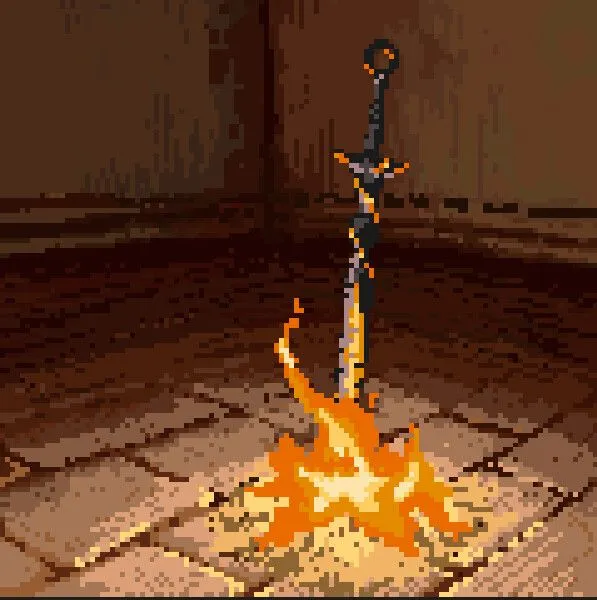- Linux is intentionally made to be modular and using the terminal is pretty much the only standard way to do things across many distributions.
I highly suggest you stop avoiding it because it will most likely be faster and easier to do something (i.e. system-level changes) with it than not.
- If you want a hard-to-fuck-up distro, I think Atomic (at least that’s what Fedora calls them) distros are the best.
Similar to smartphones or MacOS, entire OS is a singular image that is also updated all at once. Core parts of the filesystem is also read-only, meaning it is pretty much impossible to mess things up if you don’t mean to do so deliberately.
The best in this regard are from uBlue project: Bazzite (most popular), Bluefin, Aurora, etc. While Bazzite is intended for gaming (things like Steam are pre-installed), the other are for general use. Bluefin uses GNOME desktop, while Aurora has KDE Plasma desktop environment. Look up their visuals and choose whichever one you like. I prefer Aurora because KDE Plasma is often much more familiar to Windows users.
- uBlue distros don’t require a password for system updates (they happen automatically in the background) and so do installing/updating programs.










I got a very recent Thinkpad and it apparently has official support for Ubuntu and Fedora. I went with Fedora KDE.